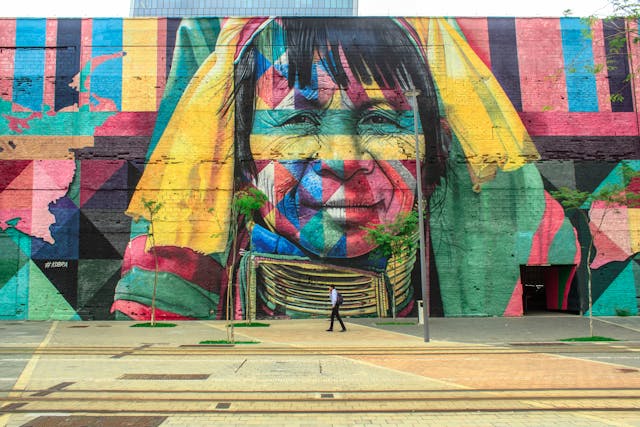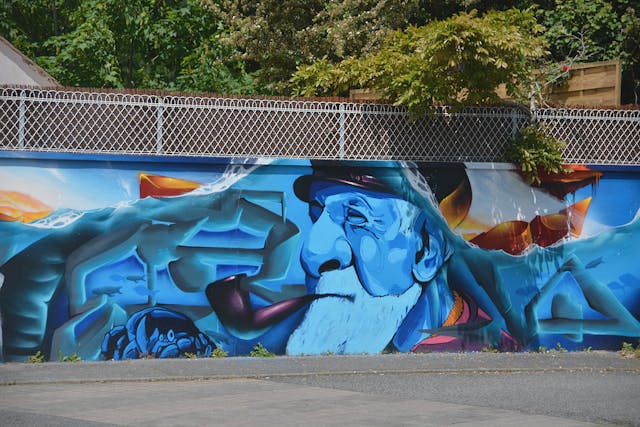Street Art and Social Change: How Murals Speak to Communities
Street art has long been more than just colorful decoration—it’s a powerful tool for social expression. Murals, graffiti, and public installations often reflect a community’s identity, highlight social issues, and spark dialogue. From local neighborhoods to global movements, street art can inspire change and give voice to those who are often unheard.

Reflecting Community Identity
Murals often tell the story of the people who live in a neighborhood. They celebrate local culture, history, and heroes, creating a sense of pride and belonging. For communities facing social or economic challenges, public art can reinforce identity and cohesion, transforming blank walls into meaningful symbols of resilience and creativity.
Raising Awareness on Social Issues
Street art is a medium for advocacy and activism. Artists use murals to draw attention to issues such as inequality, climate change, racial justice, and human rights. By placing these messages in public spaces, they reach a broad audience, encouraging viewers to reflect, discuss, and take action.
Encouraging Dialogue and Engagement
Murals often provoke conversation, bringing together diverse groups of people to discuss ideas and perspectives. Public art can transform urban spaces into gathering points, fostering dialogue between residents, artists, and policymakers. This engagement helps communities address challenges collaboratively and encourages civic participation.
Empowering Marginalized Voices
Street art provides an accessible platform for voices that are often marginalized or overlooked. Artists from underrepresented communities can share personal stories, cultural narratives, and political messages without the gatekeeping of galleries or traditional media. This democratization of art amplifies diverse perspectives and promotes social inclusion.
Challenges and Considerations
While street art can inspire change, it also faces challenges:
- Legality: Unauthorized murals and graffiti can lead to conflicts with local authorities.
- Gentrification: Some murals unintentionally attract investment that displaces local residents.
- Preservation: Outdoor art is vulnerable to weather and vandalism, requiring community effort to maintain its impact.

Final Thoughts
Street art is more than aesthetic expression; it’s a catalyst for social change. By reflecting community identity, raising awareness, sparking dialogue, and empowering marginalized voices, murals transform urban landscapes into living platforms for civic engagement. In every painted wall lies the potential to inspire thought, conversation, and action.












